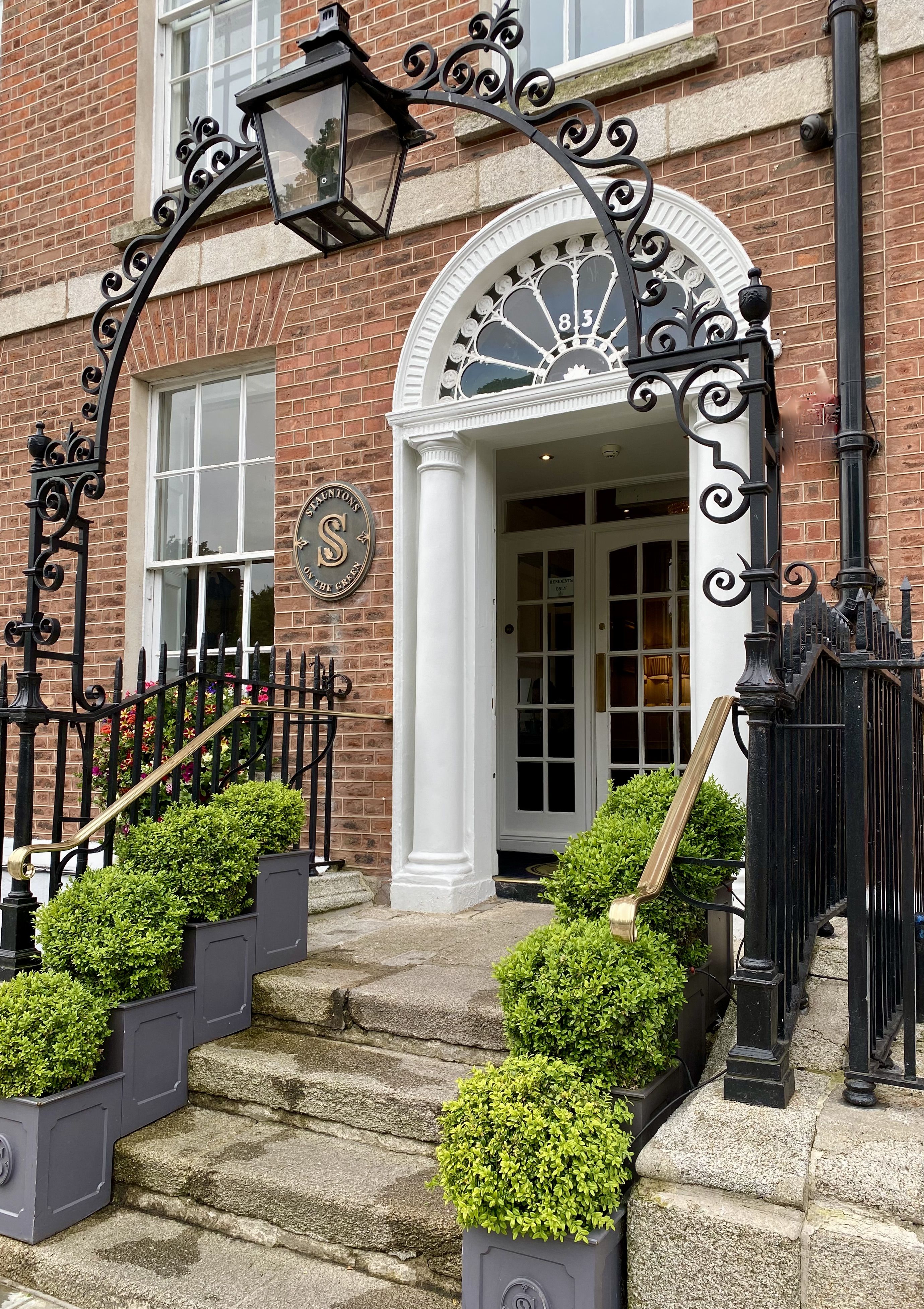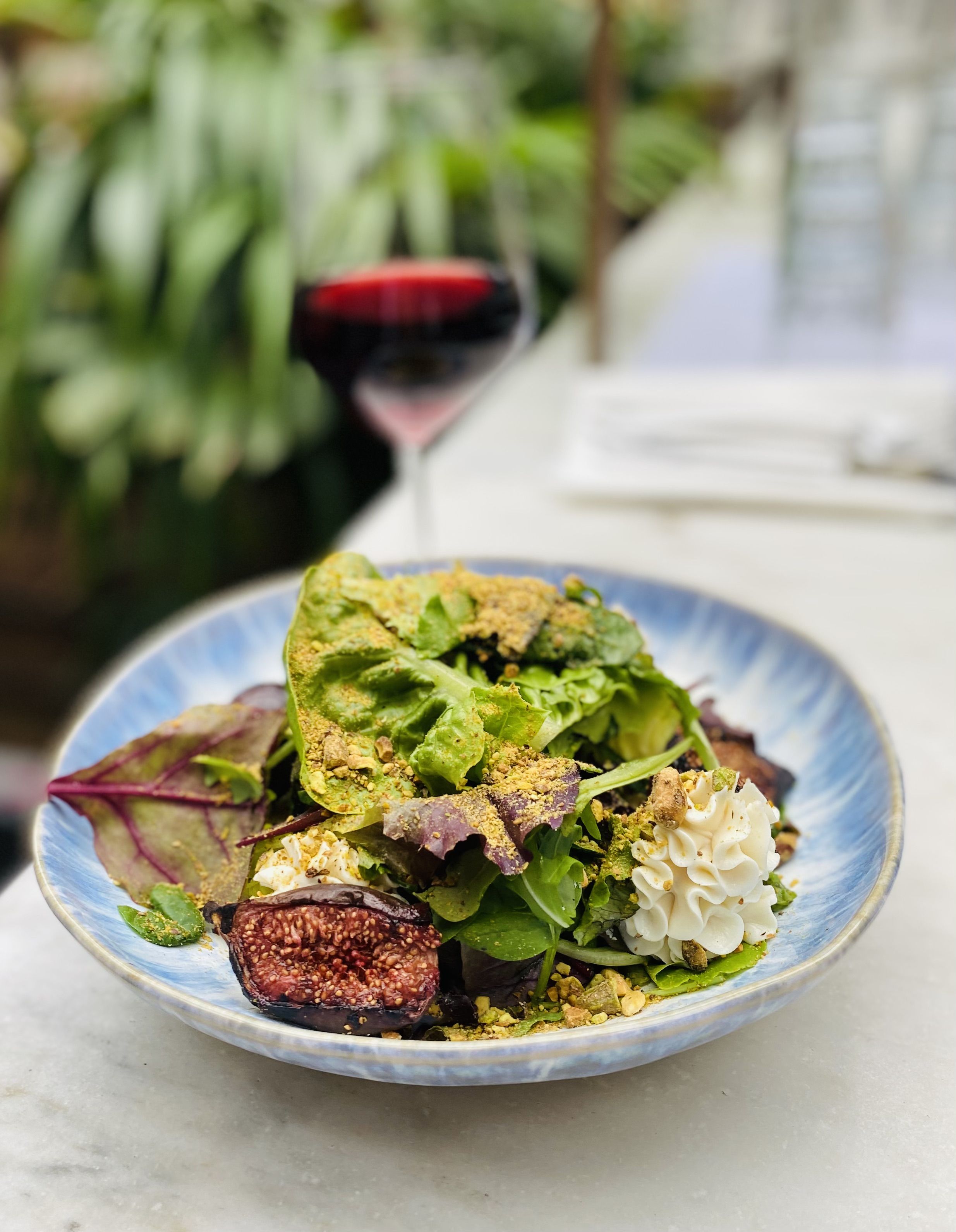If you’ve visited Dublin, chances are you’ve strolled through St. Stephen’s Green, the 27-acre Victorian park located in the heart of the capital. It’s the earliest existing of the city’s great squares, all of which were developed and built in sequence between 1750 and 1830. St. Stephen’s is the largest, most accessible, and popular of the city’s four green spaces. In the 1660s, James Butler, the first Duke of Ormond, decided to redesign Dublin as a capital, and his first project was to create Europe’s largest square. Until then, the area was used as marshy land for grazing livestock.
INSIDE THE GREEN
St. Stephen’s is, first and foremost, a park. It’s laid out in typical Victorian design with a formal area planted in a symmetrical pattern of paths, lawns, and flowerbeds. There are four lovely perimeter walks, a lake, and fifteen commemorative statures and sculptures that celebrate Irish rebels, writers, history, and Dublin dignitaries. Two of the most impressive are at gateways to the Green: The Fusiliers Arch at the northwest corner is dedicated to the men of the Royal Dublin Fusiliers who lost their lives in the Boer War, and The Famine Memorial at the Wolfe Tone Entrance at the northeast.
Erected 1967, The Famine Memorial is a four-figure sculpture that depicts three human figures: one standing, head downcast, leaning on a stick offering a ladle to the mouth of a sitting figure; a tall third figure faces north with his head back and arms outstretched. A dog lies at his feet. The sculpture, from noted modern-expressionist Edward Delaney, is crafted in the lost-wax method of bronze casting and is a stunning, poignant reminder of the victims of the Great Famine of 1843-53.

The Famine Memorial, [Photo by Margaret M. Johnson]
OUTSIDE THE GREEN
While the Green itself holds special significance for Dubliners in general, some of the city’s finest Georgian buildings are located on the streets that surround it. An address here, whether commercial, retail, or residential, is one of the most sought-after in the city.
Looking to find out more about the history of the city? The Little Museum of Dublin, on the northside at #15 (littlemuseum.ie), is a fabulous, funny place for just that. After refurbishment and extensive renovation, it reopened in its 18th-century townhouse location in June. If you have any doubt about a museum visit being too stuffy, consider what one Google reviewer said: “the Museum is the most fun you can have in Dublin with your clothes on!”
Interested in Michelin-star dining? Glovers Alley by Andy McFadden, on the west side at #128 (gloversalley.ie), will certainly satisfy that search. Named for the glovemakers who once occupied a neighboring alleyway, McFadden’s fine dining restaurant is noted for a refined menu that celebrates Irish food. His summer menu (lunch, dinner, or tasting), heavy on dishes featuring West Cork sea bass, Donegal John Dory, and Dublin Bay prawns, is a good example.
Glovers Alley is located on the second floor of The Fitzwilliam (fitzwilliamdublin.com), one of Dublin’s most popular five-star hotels. Popular as well as well-situated, the 139-room hotel is also the only one that offers “deluxe premium” rooms that come with a private terrace overlooking the Green.
If you’re looking for four-star Georgian accommodations, Staunton’s on the Green (stauntonsonthegreen.ie) is a 50-room hotel on the south side that offers a variety of rooms to suit families as well as solo travelers. Originally three 18th- century townhouses (#82, 83, 84), your chances of a room-with-a-view double here as some at the front rooms overlook the Green while those at the rear have views of Iveagh Gardens. Regardless of your room location, all guests have private access to Iveagh Gardens on this “quieter border of St. Stephen’s.”

Staunton’s on the Green. [Photo by Margaret M. Johnson]
Next door to Staunton’s at #85 and #86, you’ll find Newman House-Notre Dame Center for Faith and Reason and the Church of Our Lady Seat of Wisdom, a Byzantine beauty where Mass is still offered daily at 1pm and twice on Sunday (newman.nd.edu).
Rounding the corner to the east side of the Green is Grayson’s at #41, a three-bay, three-story, ivy-clad townhouse built in 1745. With dining and entertainment spaces covering its three floors, you can enjoy lunch, dinner, or weekend brunch in a setting that suits your mood. I opted for lunch in the sun-filled atrium, tucked away at the rear of the building (thegrayson.ie) and was very pleased.

Atrium, The Grayson. [Photo courtesy of Eclective Events]
FIG AND WHIPPED GOAT CHEESE SALAD WITH SHERRY VINAIGRETTE
Serves 4
Even a novice cook knows that fresh figs and goat cheese are a delicious combo. At The Grayson, I enjoyed a salad that included charred black figs, decoratively piped whipped goat cheese, whole pistachios, and pistachio “dust.” In this simpler version, I add a bit of cream cheese to the goat cheese for easier piping; alternately, you can just cut slices of goat cheese from a log.
For the figs
12 fresh figs (Black Mission preferred), halved and stemmed
3 tablespoons honey
1. Preheat the oven to 375ºF. Line a baking sheet with parchment paper.
2. Arrange the figs, cut side-up, on the prepared pan. Drizzle with honey. Roast for 8 to 10 minutes, or until the figs soften and release their juices. Set aside to cool.
For the goat cheese
8 ounces goat cheese, at room temperature
4 ounces cream cheese, at room temperature
2 tablespoons honey
Zest of 1/2 lemon
Sea salt
Ground black pepper
1. Combine the goat cheese, cream cheese, honey, lemon zest, salt, and pepper in the bowl of a food processor. Pulse until smooth, scraping down the sides as needed.
2. Transfer the mixture to a piping bag fitted with an open star tip. Pipe about 12 stars onto a parchment-lined plate; refrigerate for 10 minutes to firm.
For the sherry vinaigrette
1/4 cup sherry vinegar
1 1/2 teaspoons Dijon mustard
1/2 teaspoon honey
Salt
Ground black pepper
1/2 cup extra virgin olive oil
1. In a small bowl, whisk together the vinegar, mustard, honey, salt, and pepper. Slowly whisk in the olive oil.
10 ounces mixed greens
1/2 cup whole pistachios
1/2 cup pistachios, pulsed to a fine dust
1. To serve, divide the greens among four plates. Toss with vinaigrette.
2. Divide the figs and goat cheese pieces over the greens. Sprinkle with whole pistachios and pistachio “dust.”
Margaret Johnson’s “Recipes” page alternates with “Ireland Hopping: Adventures in Food, Drink, and Travel.” For further details on her work, or to order a signed cookbook, visit irishcook.com

Charred Black Figs with Whipped Goat Cheese. [Photo by Margaret M. Johnson]









